Home>Furniture>Outdoor Furniture>How To Extend A Patio
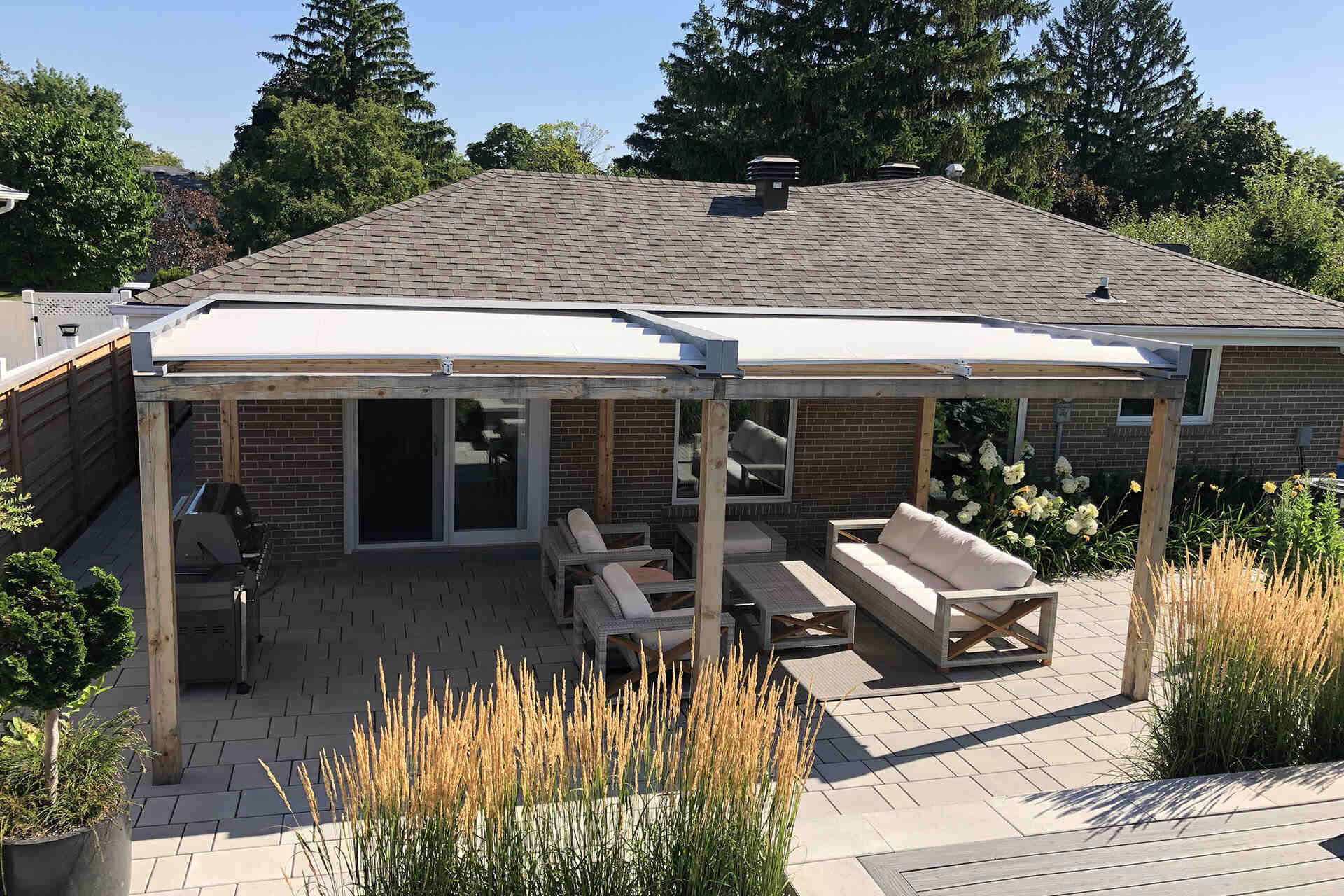

Outdoor Furniture
How To Extend A Patio
Modified: March 7, 2024
Learn how to extend your patio with our step-by-step guide. Create the perfect outdoor space with the help of our expert tips and find the best outdoor furniture for your extended patio.
(Many of the links in this article redirect to a specific reviewed product. Your purchase of these products through affiliate links helps to generate commission for Storables.com, at no extra cost. Learn more)
Introduction
When it comes to creating a functional and inviting outdoor space, a patio is a fantastic addition to any home. It serves as a versatile area for relaxation, entertainment, and enjoying the beauty of the outdoors. However, as your needs and preferences evolve over time, you might find that your existing patio space is no longer sufficient.
Fortunately, extending your patio is a great solution to create more room for seating, dining, or other outdoor activities. Whether you want to accommodate a growing family, host larger gatherings, or simply enhance the overall functionality and aesthetic appeal of your outdoor space, extending your patio can be a rewarding project.
In this article, we will guide you through the process of extending your patio, providing you with a step-by-step approach to achieve a successful outcome. We will cover everything from assessing the patio area to obtaining necessary permits, preparing the patio for extension, designing the new layout, and adding finishing touches.
By following these guidelines, you will be well-prepared to extend your patio and create an outdoor oasis that suits your needs and reflects your personal style.
Key Takeaways:
- Assess the condition and size of your patio before extending it. Address any damage and plan the extension based on your needs and available space for a successful project.
- Obtain necessary permits, prepare the area, and carefully design and construct your patio extension. Add finishing touches to create a beautiful and functional outdoor space.
Read more: How To Extend A Patio Cheaply
Assessing the Patio Area
Before embarking on your patio extension project, it’s essential to assess the current condition of your patio and determine the desired size of the extension. This evaluation will help you plan the project effectively and ensure that the final result meets your requirements.
First, carefully examine the existing patio to identify any damage or issues that need to be addressed. Look for cracks, uneven surfaces, or loose pavers. Check the drainage system to ensure it is functioning properly, as inadequate drainage can lead to water pooling and damage. Inspect any retaining walls or borders for stability and integrity.
If you notice any significant damage or structural issues, it’s crucial to address them before proceeding with the extension. This might involve repairing cracks, replacing broken pavers, or reinforcing the base of the patio.
Next, determine the desired extension size based on your needs and the available space. Consider how you plan to use the extended patio and the activities that will take place there. If you frequently entertain guests or enjoy dining outdoors, you might need a larger extension to accommodate seating and a dining area. If you primarily use the patio for relaxation, a smaller extension might suffice. Take into account the existing layout of your outdoor space and how the extended patio will integrate with it.
It’s also important to consider practical factors such as access to utilities (like water or electricity) and the impact on the surrounding landscape. Assess any trees, plants, or structures in close proximity to the patio area and determine if they need to be relocated or if their presence will affect the extension design.
By thoroughly assessing the condition of the current patio and determining the desired extension size, you can lay the groundwork for a successful patio extension project. This careful evaluation will help you plan effectively and ensure that the end result meets your expectations.
Obtaining Necessary Permits and Permissions
Before starting any construction or renovation project, it is crucial to ensure that you have obtained the necessary permits and permissions from your local authorities. This step is essential to ensure that you comply with building codes and regulations and avoid any legal complications down the line.
The specific requirements for permits and permissions may vary depending on your location and the scope of the patio extension project. It’s important to research the rules and regulations in your area and contact your local municipality or building department to understand the specific requirements.
Typically, you will need to submit detailed plans or drawings of the proposed patio extension, along with an application for a building permit. The plans should include information about the dimensions, materials to be used, and any additional structures or features that will be incorporated into the patio extension.
In some cases, you may also need to provide documentation such as property surveys, drainage plans, or engineering reports to ensure compliance with safety and environmental standards. It’s essential to be thorough in your application to avoid any delays or additional requirements from the authorities.
Along with obtaining the necessary permits, you should also consider seeking the permission of your neighbors if the patio extension may affect their property or have an impact on their privacy. Open communication and collaboration can help maintain good relationships with those around you.
Remember that failing to obtain the required permits and permissions can result in fines or even forced removal of the patio extension. It’s always better to comply with the regulations and ensure that your project is safe and legally approved.
Obtaining the necessary permits and permissions may add some time and effort to your patio extension project, but it is a critical step to ensure a smooth and legal process. By being proactive and following the established regulations, you can proceed with your patio extension with confidence and peace of mind.
Preparing the Patio for Extension
Before you can begin extending your patio, proper preparation of the area is crucial. This step involves clearing the area, leveling the ground, and ensuring proper drainage to create a solid and stable foundation for the extension.
The first step is to clear the area of any debris, vegetation, or obstacles that may hinder the construction process. Remove any furniture, plants, or other items from the existing patio and surrounding areas. Trim back any overhanging branches or shrubs that may interfere with the extension.
Once the area is clear, the next step is to level the ground. Use a shovel, rake, or a leveling device to remove any high spots and fill in any low areas. Ensure that the ground is leveled evenly across the entire extended patio area. This will provide a stable base for the new patio materials and prevent any potential issues with water pooling or uneven surfaces.
Proper drainage is essential for the longevity and functionality of your patio extension. If the existing patio does not have adequate drainage, it is crucial to address this before extending the patio. Poor drainage can lead to water pooling, erosion, and damage to the patio materials.
One option for improving drainage is to slope the ground away from the patio area. This can be achieved by adding a slight slope to the ground or installing a French drain system to redirect water away from the patio. Consult with a professional landscaper or contractor if you are unsure about the best drainage solution for your specific situation.
Additionally, consider installing a permeable base material, such as crushed stone or gravel, to allow for proper drainage. This will help prevent water from pooling on the patio surface and reduce the risk of damage caused by excess moisture.
Overall, preparing the patio area before extending it is crucial for a successful and durable patio extension. By clearing the area, leveling the ground, and ensuring proper drainage, you create a solid foundation for the next steps of the project. Take the time to get these foundational aspects right, and you’ll be on your way to creating an extended patio that will stand the test of time.
Consider using pavers or concrete to extend your patio. Make sure to properly prepare the ground, use a level to ensure even placement, and leave a small gap between each piece for expansion.
Designing the Patio Extension
The design phase of your patio extension is an exciting opportunity to bring your vision to life and create an outdoor space that reflects your personal style. This phase involves choosing the materials, calculating the quantity of materials needed, and deciding on the layout and pattern of the extended patio.
When it comes to choosing materials, consider both aesthetics and functionality. Select materials that complement the existing patio and blend well with the overall style of your outdoor space. Popular options for patio materials include concrete pavers, natural stones, brick, or composite decking. Each material has its own unique look, durability, and maintenance requirements, so choose the one that best suits your preferences and needs.
Once you have chosen the materials, you will need to calculate the quantity of materials needed for the patio extension. Measure the dimensions of the extended area and factor in any additional structures or features, such as steps or walkways. Consult with your supplier or contractor to determine the quantity of materials required, including pavers, sand, gravel, or any other components.
Consider the desired layout and pattern of your patio extension. This is where you can get creative and add a unique touch to your outdoor space. Experiment with different patterns, such as herringbone, running bond, or basket weave, to achieve the desired visual effect. Take into account the shape and size of the extended patio area as well as any existing landscape features or structures. If you are unsure about the design, consider consulting with a professional landscaper or utilizing online design tools to visualize and plan your patio layout.
Keep in mind that the layout and pattern of the extended patio should also take into consideration functionality and ease of use. Ensure that there is enough space for comfortable seating, traffic flow, and any specific activities you plan to engage in on your patio extension.
By carefully choosing materials, calculating the quantity needed, and considering the layout and pattern, you can design a patio extension that perfectly suits your style, enhances your outdoor space, and provides a functional area for relaxation and entertainment.
Read more: How To Extend A Patio Slab
Extending the Patio
Once you have completed the preparation and design phases, it’s time to start extending your patio. This phase involves several key steps, including excavating the extension area, adding a retaining edge, installing a weed barrier, laying the base material, compacting the base material, and applying the paving material.
The first step is to excavate the area where the patio extension will be located. Use a shovel or a mini-excavator to remove the top layer of soil, ensuring that the depth is suitable for the base material and the desired thickness of the patio. Take into account any necessary slope for drainage purposes.
Next, add a retaining edge or border around the perimeter of the extended patio area. This will help to hold the base and paving materials in place and create a clean, finished look. You can use materials such as plastic or metal edging, bricks, or wooden boards. Install the retaining edge securely, ensuring that it is level and properly aligned.
Before laying the base material, it’s essential to install a weed barrier. This layer will help prevent weeds and other vegetation from growing up through the patio surface. Roll out the weed barrier over the excavated area, ensuring that it fully covers the space and extends slightly beyond the retaining edge.
Now it’s time to lay the base material. This layer serves as a foundation and helps to stabilize the patio. Common base materials include crushed stone, gravel, or sand. Spread the base material evenly across the excavated area, ensuring a uniform thickness. Use a rake or a compactor to level and compact the base material, ensuring a solid and stable foundation.
Next, apply the paving material of your choice. Whether you are using concrete pavers, natural stones, or brick, carefully lay each piece according to your chosen layout and pattern. Ensure that the joints between the paving materials are consistent and even throughout the patio surface.
After applying the paving material, it’s a good idea to use a compactor or a rubber mallet to firmly seat the materials into the base layer. This will help to ensure stability and longevity for your patio extension.
Overall, the process of extending your patio involves careful excavation, adding a retaining edge, installing a weed barrier, laying the base material, compacting it, and applying the paving material. Paying attention to detail and taking your time during each step will result in a durable and visually appealing patio extension that you can enjoy for years to come.
Adding Finishing Touches
Once the main construction of your patio extension is complete, it’s time to add the finishing touches that will enhance the overall look and functionality of your outdoor space. This phase includes filling the joints, sealing the patio, and installing edging or borders.
First, fill in the joints between the paving materials to create a cohesive and polished look. Depending on the type of patio material you have chosen, you can use polymeric sand or mortar to fill the joints. Follow the manufacturer’s instructions for the specific product you are using, ensuring that the joints are completely filled and smooth. Use a broom or brush to sweep away any excess material and create clean lines.
Sealing your patio is an important step to protect it from the elements and keep it looking fresh and vibrant. Sealer helps to prevent stains, water damage, and fading caused by sun exposure. Select a sealer that is designed for your specific patio material and apply it according to the manufacturer’s instructions. Allow the sealer to dry thoroughly before using the patio.
Installing edging or borders is an optional but beneficial step to complete the look of your patio extension. Edging or borders can provide a defined transition between the patio and other areas of your outdoor space, such as lawn or flower beds. They can also serve as a practical feature to help contain the base and paving materials, preventing shifting or spreading. Choose edging materials that complement the design and style of your patio extension, such as metal, plastic, or natural stone. Install the edging securely, ensuring that it is level and aligned with the patio surface.
As you add these finishing touches, take the opportunity to give your patio extension a thorough cleanup. Sweep away any debris, leaves, or dirt that may have accumulated during the construction process. Hose down the patio to remove any remaining dust or materials. This final cleaning will ensure your patio looks impeccable and ready for enjoyment.
By filling the joints, sealing the patio, and installing edging or borders, you put the final touches on your patio extension project. These steps will not only enhance the appearance of your outdoor space but also help protect and maintain the durability of your patio for years to come.
Conclusion
Extending your patio can transform your outdoor space into a functional and inviting area for relaxation, entertainment, and enjoyment. By following the steps outlined in this article, you can successfully extend your patio and create a beautiful outdoor oasis that suits your needs and reflects your personal style.
We began by emphasizing the importance of assessing the current condition of your patio and determining the desired size of the extension. This evaluation sets the foundation for a well-planned and successful project. Obtaining the necessary permits and permissions is crucial to ensure compliance with building codes and regulations. It’s always better to seek approval before starting any construction to avoid potential legal issues in the future.
Preparing the patio for extension is another vital step. Clearing the area, leveling the ground, and ensuring proper drainage provide a solid and stable foundation for the new patio. Designing the patio extension involves choosing materials that suit your style and calculating the quantity needed. Carefully considering the layout and pattern enhances the overall aesthetic appeal and functionality of the extended patio.
When it comes time to extend the patio, excavating the area, adding a retaining edge, installing a weed barrier, and laying the base material are key steps. Compact the base material properly and apply the chosen paving material to create a visually pleasing and durable patio surface.
Finally, adding finishing touches completes the patio extension project. Fill the joints between the paving materials, seal the patio to protect it from damage, and consider installing edging or borders for a polished look. Don’t forget to give your patio a thorough cleanup to make it shine.
With each step completed with care and attention to detail, you can enjoy the fruits of your labor and create a patio extension that adds value and beauty to your home. Whether you’re hosting gatherings, unwinding after a long day, or simply enjoying the outdoors, your extended patio will provide a versatile and inviting space for years to come.
Frequently Asked Questions about How To Extend A Patio
Was this page helpful?
At Storables.com, we guarantee accurate and reliable information. Our content, validated by Expert Board Contributors, is crafted following stringent Editorial Policies. We're committed to providing you with well-researched, expert-backed insights for all your informational needs.
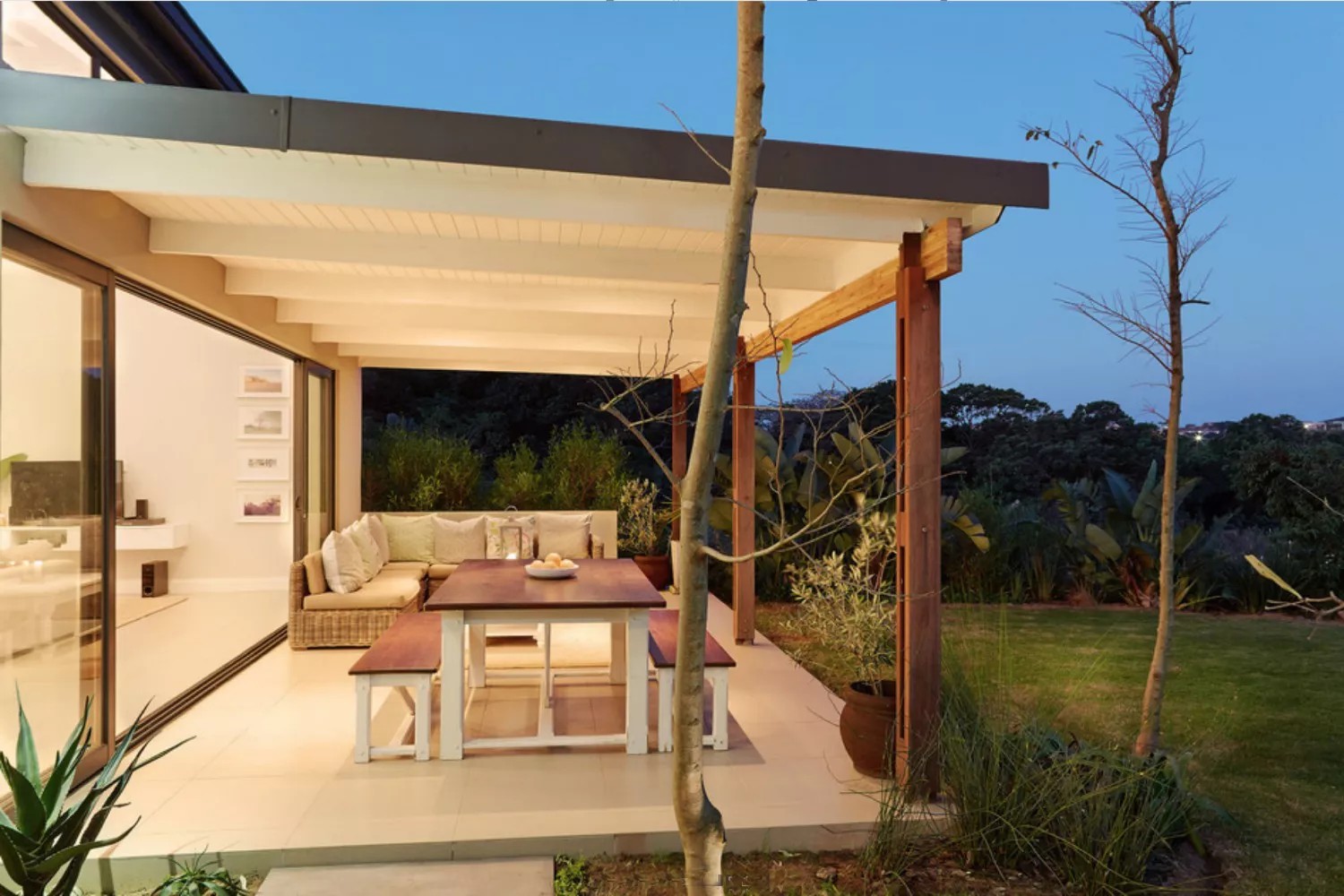
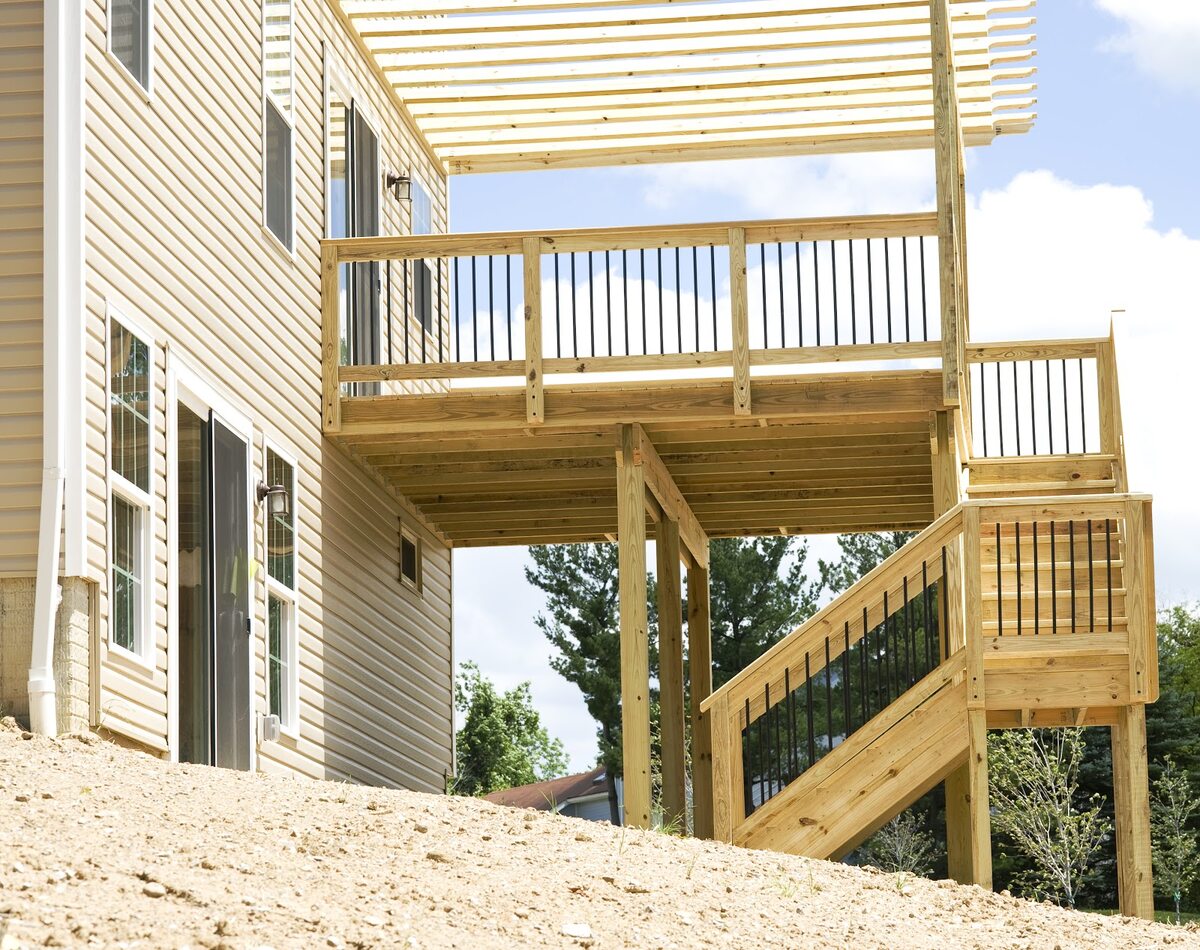
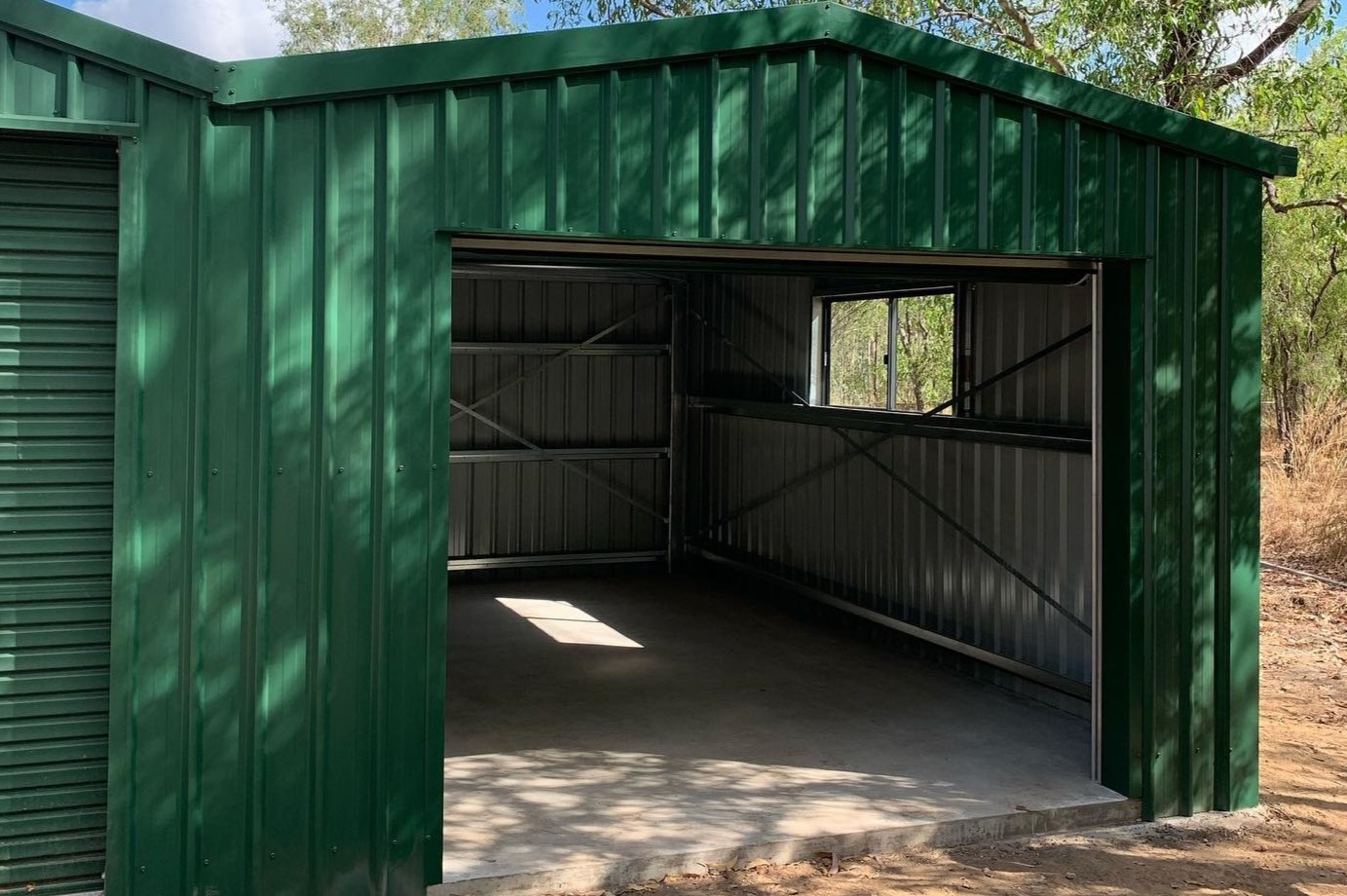


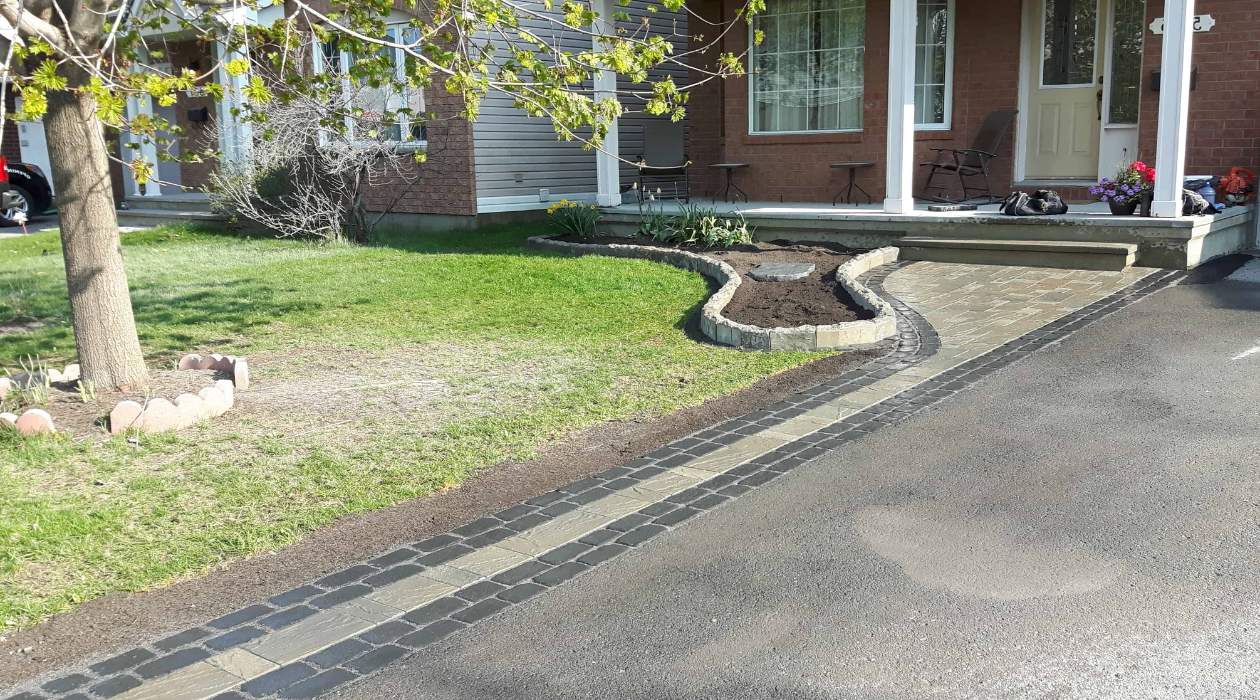

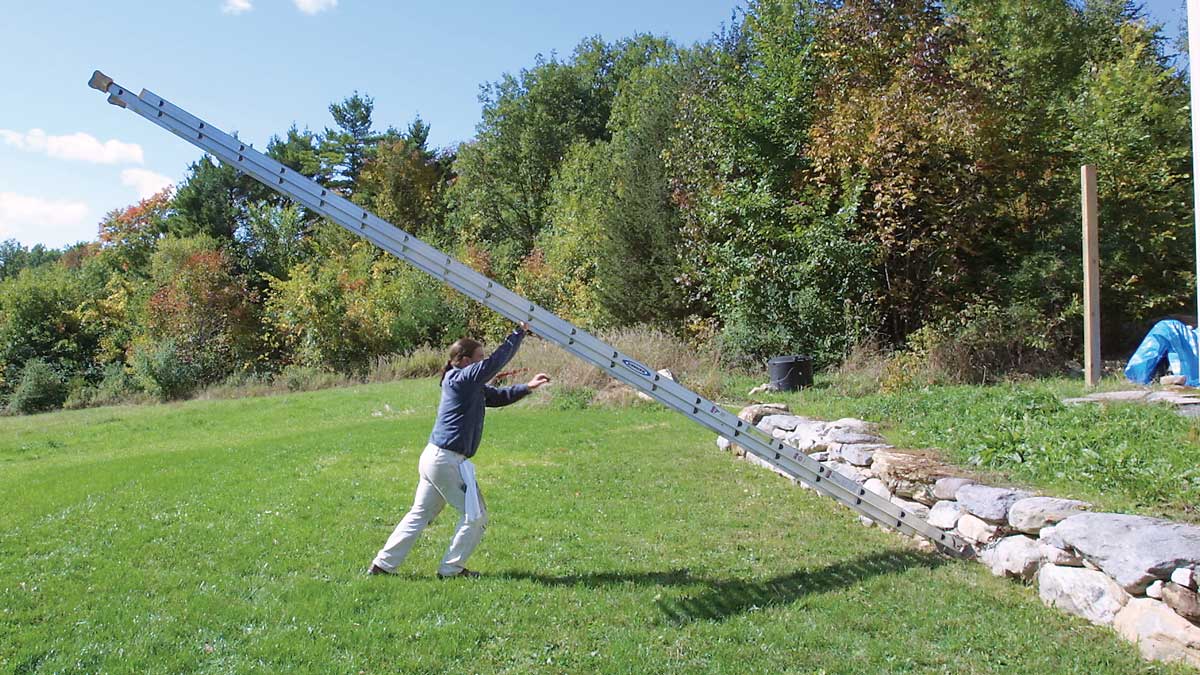
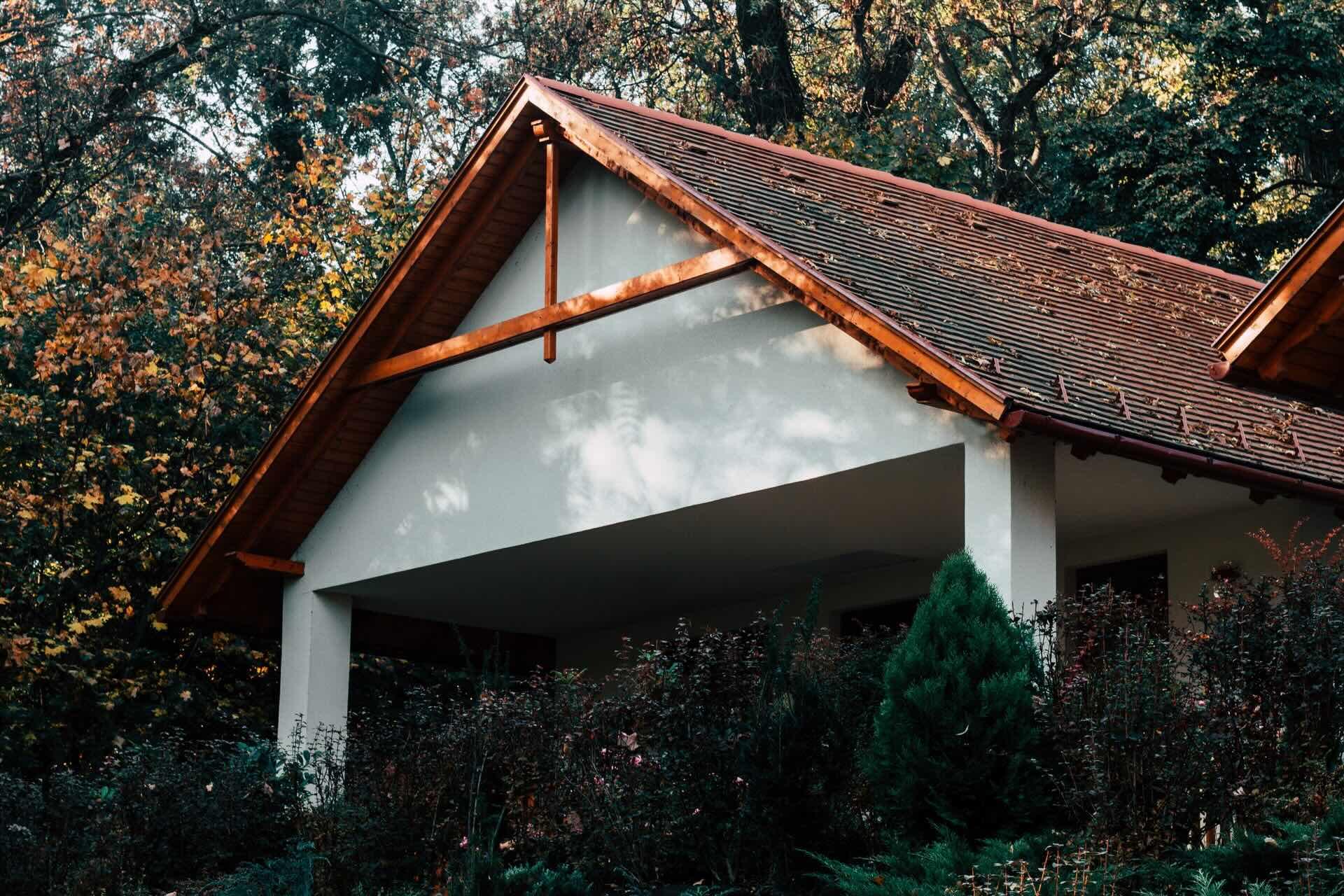

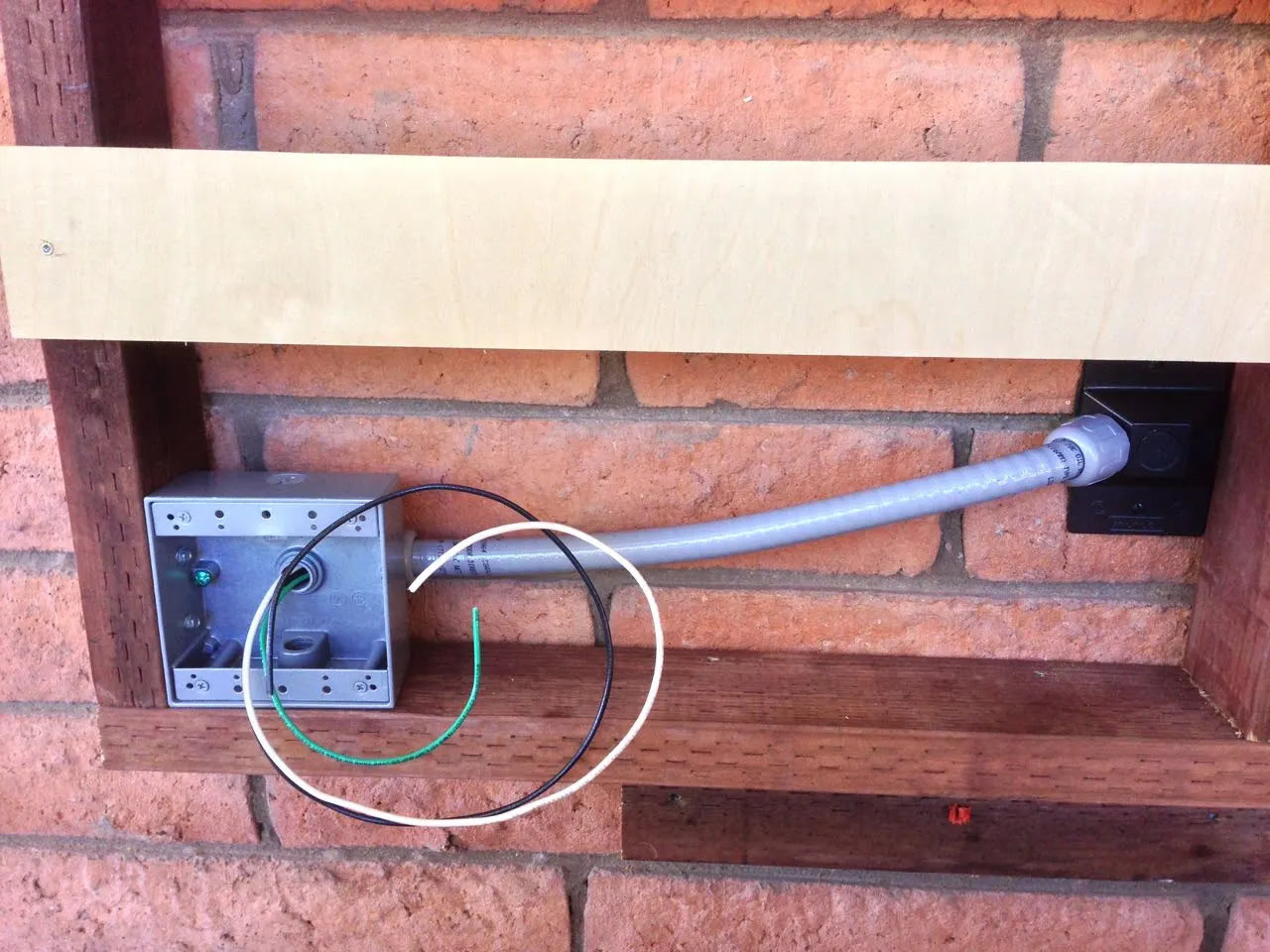
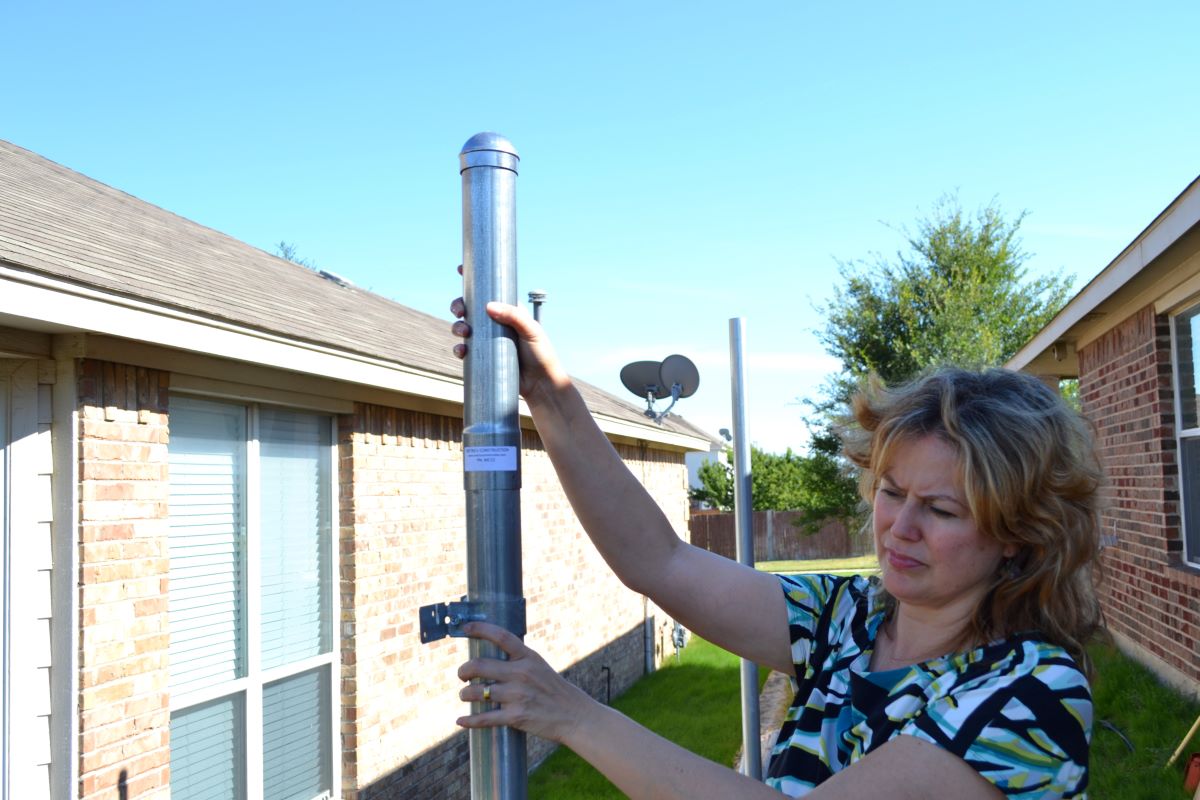
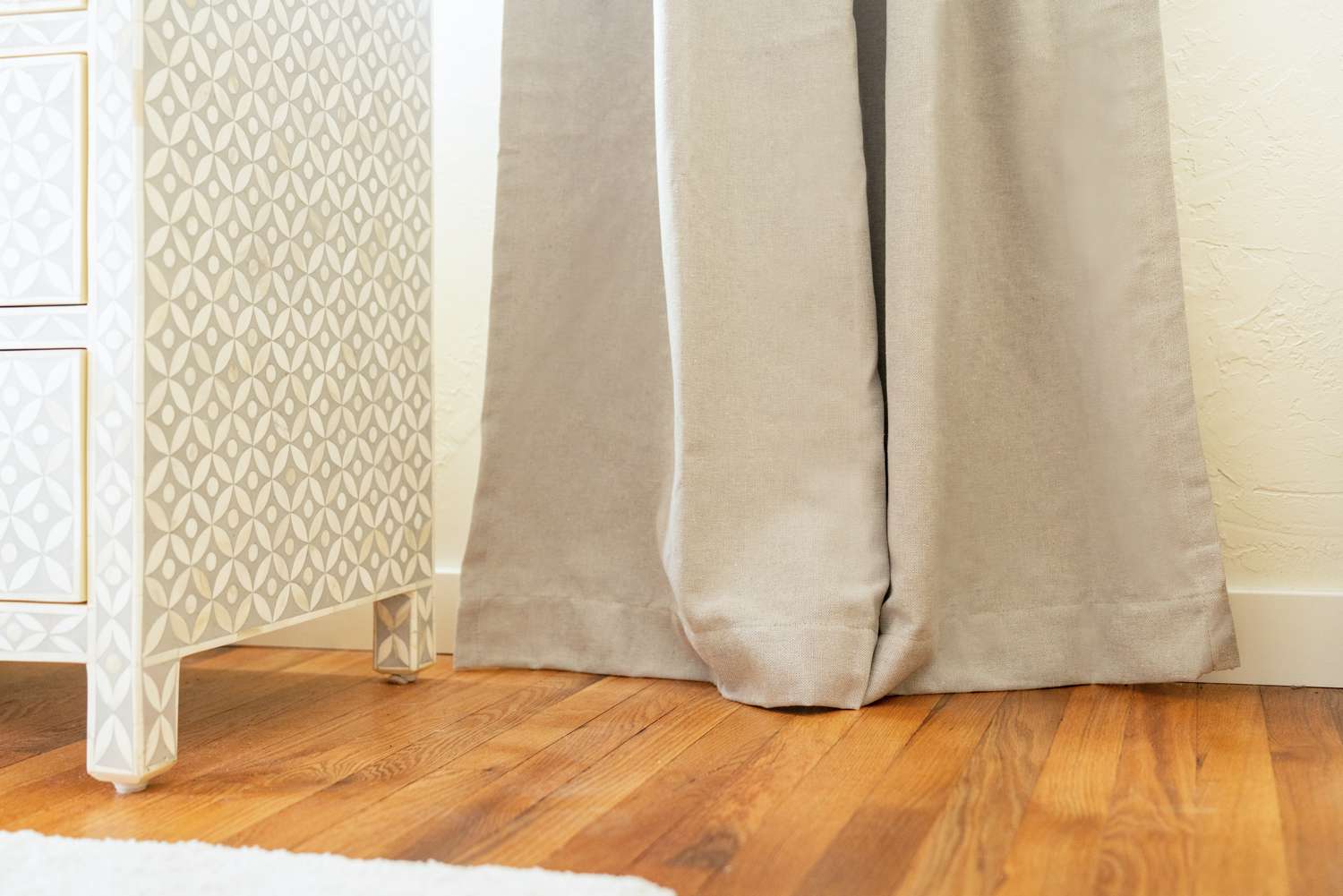
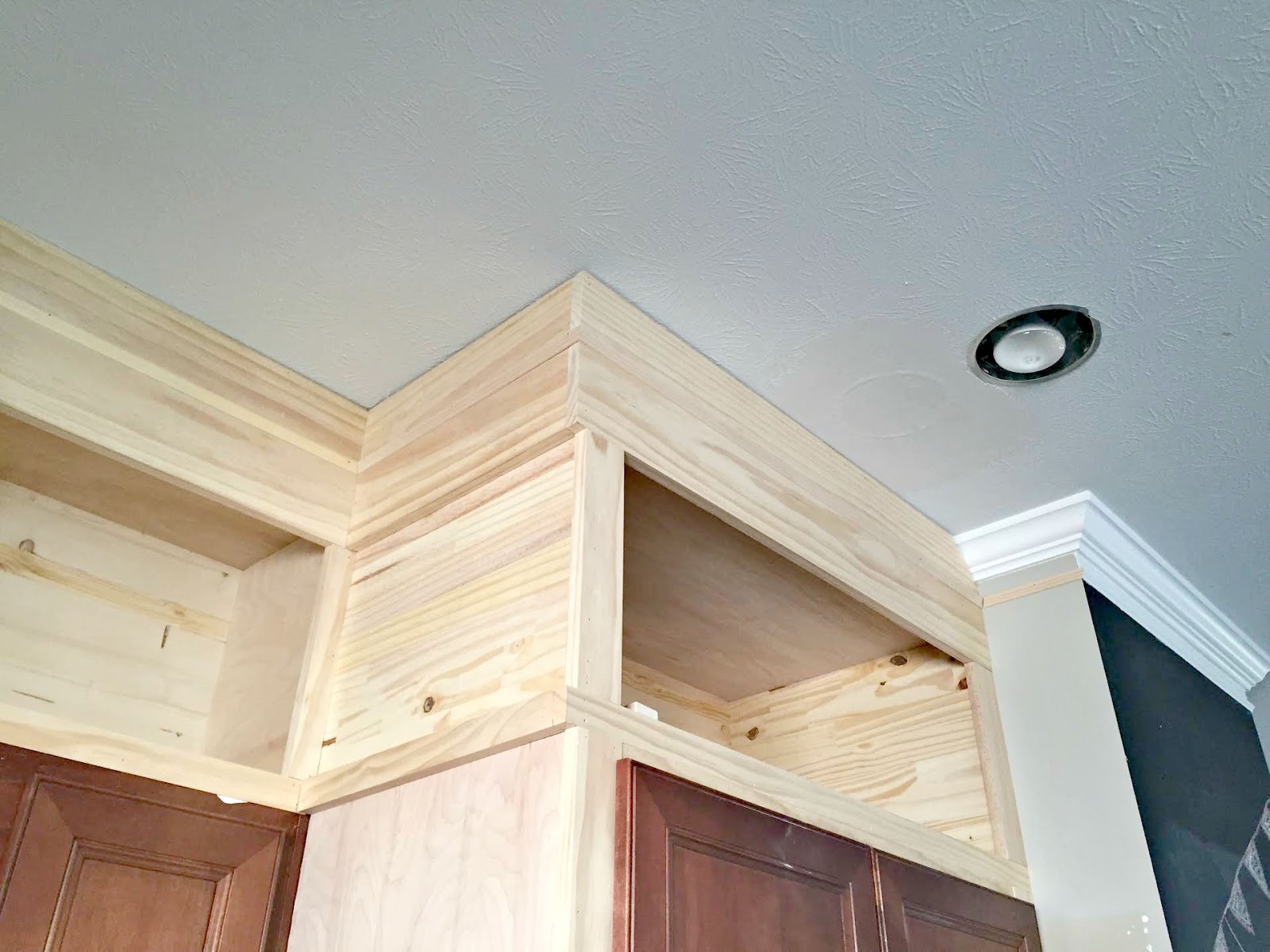

0 thoughts on “How To Extend A Patio”